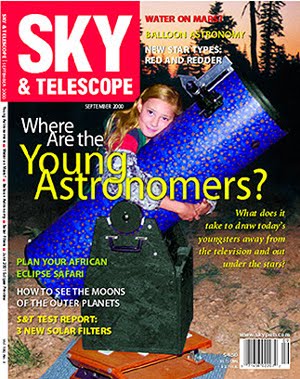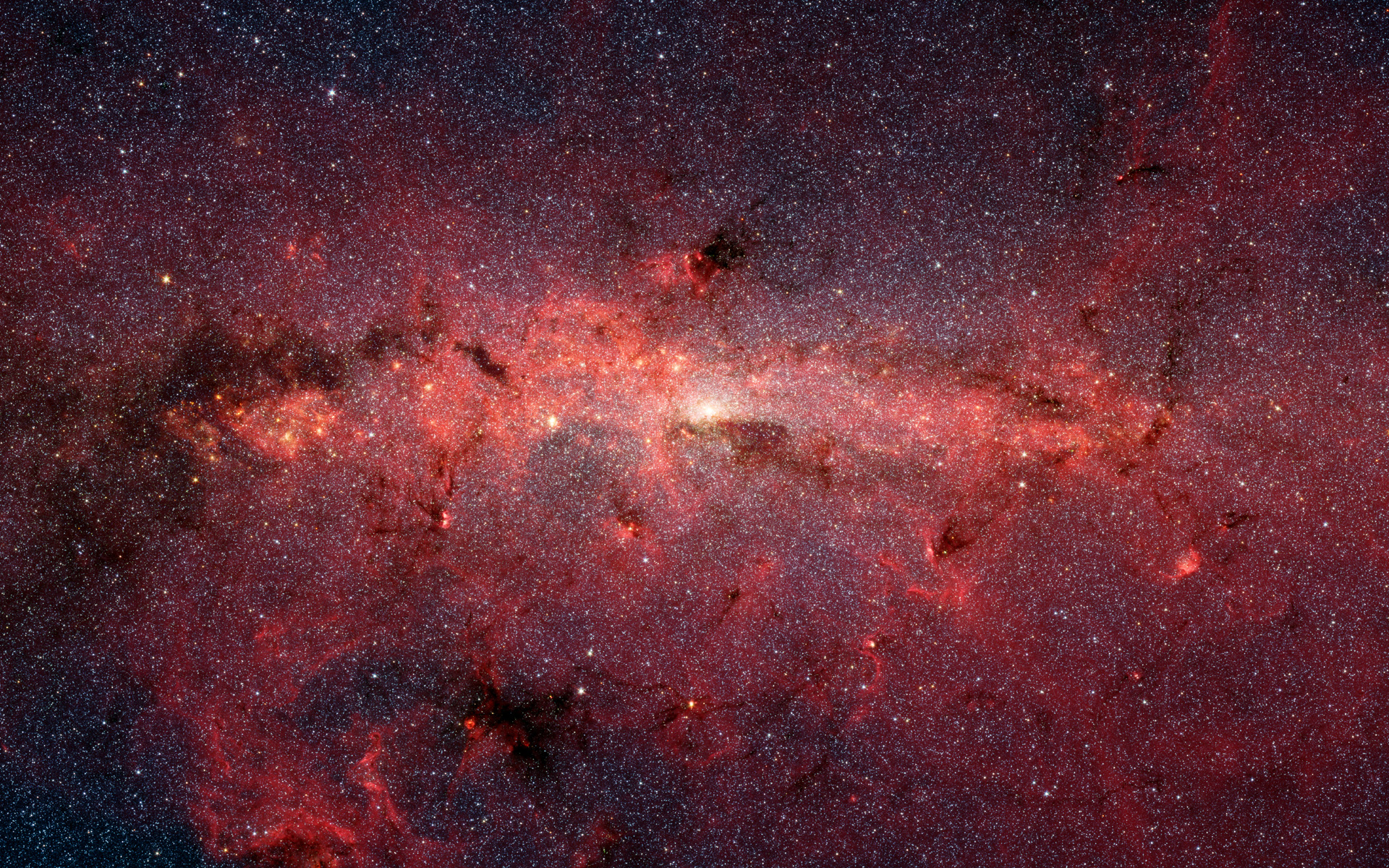No fog.
What a relief.
In fact, bone dry!
Turning off highway 152 at Dinosaur Point road at sunset yesterday, I looked down toward the dam and central valley, worried about what seemed a fairly thick haze. Was that moisture already beginning the thicken up? I had fleeting thoughts of turning back and heading to Coe, but curiosity and a fun road to speed down won out. It had been years since I'd gone to Dino, and arriving - seeing dozens of cars and scopes set up - reminded me of old times. I'd chance the haze.
I set up next to Cichanski and Kingsley, with Wright and Schuerman as my other neighbor. Across from me was Cone and Bartolini. Good company. After dark, I took a walk around, meeting several first time TAC star party attendees, nice to see some husbands and wives, parents and kids, out together. All in all, I counted 28 telescopes set up. Like I said, heck of a turnout. Oh, welcome to Ramesh and Anuraag, Chris and Barbara, who were among the newcomers...
Of course, the headliner for the evening was Comet 17/P Homles. What a difference a dark sky and aperture makes! Even before astronomical twilight, in my 18" f/4.5 Dob, the 20 Nagler gave a spectacular view of a very bright nucleus, embedded in a halo that took up most of the field of view. One edge of the comet was sharp and well defined, the other edge was diffuse and ragged. This was the first time I'd seen the comet other than in town through my 10" scope. Again, what a difference. Another interesting view of it was in Marek's 18" f/4.5 Dob, with (IIRC) a 9 Nagler and Comet (Swan) Filter. The much larger dim outer envelope of the comet became readily apparent, extending about one coma distance further out. But the best view was through a pair of 12X IS binoculars that David Kingsley brought over to me. We both noted how easy it was to see the dim outer halo in the binos. Surprise! I suggested that in the big Dobs, there was so much light throughput that the bright central halo was so intense, it totally overwhelmed the dimmer outer portion. Much like looking at Barnard's Galaxy in a big light bucket - when binoculars or a finder show it much more easily. Also of interest is that this normally 17th magnitude comet was showing its coma at 1X magnification!
It was really about as much a social evening as an observing session. So, I didn't push it. Half my time was spent walking around and talking with others, and the other half.... well, here is what I saw, from my November observing list ( www.resource-intl.com/Deep.Sky.Nov.07.html ). My favorites were Abell 2, NGC 225, M76, M103 and AGC 262.
NGC 40 Cep PN 70'x60" 10.7 00 13 00 72 31 19
With a 20 Nagler, the disc was visible with a bright central star. No filter. With the 12 Nagler, shells become visible. A bright inner shell around the star, darker shell surrounding it, then bright edge to outer shell. No filter. In a 7 Nagler, the eastern outer edges of outer shell show brightening. The 7 Nagler with NPB filter reveals a dim star on the southeast edge of the outer shell, and darkens the darker middle shell.
Abell 86 Cep PN 63.0" 16.7 00 01 30 70 42 30
7 Nagler with OIII. Very faint arc may be southern edge. Large. Extremely fleeting, likely AI.
N7762 Cep OC 11.0' 10.2 23 49 54 68 01 00
About 12' size and extended somewhat NW/SE. Many dim stars with knotty central concentration of stars.
Abell 83 Cas PN 47.0" 17.6 23 46 46 54 44 38
Oblong glow, if viewed at all. Dim stars involved. 7 Nagler with NPB.
Abell 82 Cas PN 94.0" 15.2 23 45 47 57 03 56
Slightly elongated N/S, even glow, bright star involved with dim star just to its N also embedded. Averted with 7 Nagler and NPB filter.
NGC 7789 Cas OC 15.0' 6.7 23 57 26 56 43 14
Many hundreds of stars all approx same mag, 18'x15' elongated N/S. Dark lanes form circle just inside the perimeter and through the center, like a negative of the Veil Nebula.
Abell 2 Cas PN 36.0" 16.3 00 45 34 57 57 35
Easy! Located right off Eta Cass. NPB filer at 100X, round. 294X, slightly elongated N/S, somewhat annular, brighter eastern edge.
NGC 129 Cas OC 21.0' 6.5 00 29 54 60 13 00 4 bright stars overlay a deceivingly large cluster of haze stars. Bright star in field.
NGC 136 Cas OC 1.2' 00 31 31 61 30 36
Fun open cluster! Tight grouping of many dim stars and haze that at first may be mistaken as a galaxy. With 12 Nagler the cluster is much larger, extending to WSW and N, with a bright knot of stars forming the eastern boundary.
NGC 225 Cas OC 12.0' 7.0 00 43 30 61 47 00
In the 20 Nagler - large and coarse, maybe 20 bright stars spread out with hints of nebulosity between them. Using 12 Nagler with Ultrablock reveals nebulous glows around many of the stars. Fun view!
NGC 381 Cas OC 6.0' 9.3 01 08 18 61 35 00
Dim and coarse, maybe 13 stars of similar mag overlaying haze, stars of similar mag close by make this cluster somewhat indistinct.
M103 Cas OR 6.0' 7.4 01 33 22 60 39 30
12 Nagler gives a stunning view of two chains of 7 to 10 stars each, arcing away from each other running NE/SW, with three bright stars crossing fairly evenly spread NW/SE, center star is distinctly red and adds a lot of character to the cluster.
M76 Per PN 167" 12.2 01 42 19 5134 45
With a 20 Nagler, appears almost rectangular in its brighter inner NE/SW "boxy" section with dim outer halo to the NW/SE. In a 7 Nagler, the northeast lobe is slightly larger than the southwest one, which has a bright flat edge. A possible dim star is embedded in northeast lobe. The outer halo extends from the NE lobe arcing out to W. The SW lobe has similar but dimmer arc extending to the SE. Similar appearance to a barred spiral galaxy with very thick bar (sans core) and arcing arms.
NGC 185 Cas GX 11.9'x10.1' 10.1 00 38 57 48 20 14
Large elliptical galaxy with bright non-stellar core, evenly diffuses, extended somewhat E/W.
NGC 278 And GX 2.2'x2.2' 11.5 00 52 04 47 33 00
Large, diffuse, extended slightly S of E/W. Has a nearly stellar core in a central condensation. All w/ 20 Nagler. 12 Nagler shows mottling in SW and NE extensions. Galaxy actually appears to arc toward the south!
M 110 And GX 21.9'x10.9' 8.9 00 40 22 41 41 22
About 20'x8', N/S elongation. Diffuse arms, brightening gradually to a bright core with almost dim stellar nucleus.
M31 And GX 192'x62.2' 4.4 00 42 44 41 16 08
Enormous extension, amazing in dark sky, well beyond the bright section of its disk. Two black dust lanes define northern boundary and wrap around western edge, at which NGC 206 appears as a large brightening, lanes arc around western edge to the southern side, which seems to engulf M32. BTW.... thanks to Bill Cone for the nice view of M31's globular G1 and the bright little UGC galaxy next to it.
M32 And GX 8.7'x6.4' 9.0 00 42 41 40 51 56
With a 20 Nagler, the galaxy appears round, with intensely bright stellar core, Some possible inner elongation NE/SW.
N0206 And Knot 4.0'x2.5' 00 40 32 40 44 31
See M31.
AGC 262 And GXCL 100.8' 13.3 01 52 48 36 08 00
Awesome field. 13 galaxies in the field of a 12 Nagler. I'll return to this cluster, in darker skies....
More to come, next weekend...
Clear skies...
Mark ps - Thanks Albert, for your diligent work at reopening this observing site. Hope you're enjoying Oz....












No comments:
Post a Comment